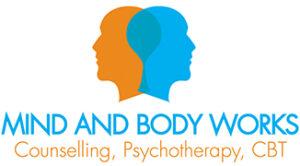Attachment can be defined as behaviour which gives rise to a person developing and preserving a closeness or immediacy with another, who they believe to be more capable in dealing with the world. Without attachment, we do not relate to other people. Most commonly we think about attachment in terms of babies and their parents or primary caregivers but there are other influences that can impact our attachment style.
Our attachment style can influence how we cope with and handle the day-to-day stresses of our lives. Studies have shown that where children have a poor attachment style it can hinder their ability to regulate their stresses. This can carry into adulthood. The renowned psychologist and psychoanalyst, John Bowlby, said that attachment allows a person to know that they have a secure base and that this is a vital aspect of human nature, especially regarding the development of optimal mental health and performance. Bowlby focused mainly on how children’s attachment styles are impacted by their parents or caregivers.
There are other conditions that can impact our attachment. These include our home, school, local community, society and the wider cultural dynamics we are exposed to. Simply put, this means that the different upbringings that we experience, directly affects us. A failure in attachment combined with cultural concerns are linked in the cause and effect of depression and other mental health issues.
Children learn to adapt their behaviour in order to survive in the world. Attachment shapes how a person interacts with the world and how they develop and use their defence mechanisms in everyday life. So, if a child has grown up where the attachment was lacking, and they felt rejected, they will in turn reject people in later life to avoid being rejected themselves.
How can therapy help if you have attachment issues?
Therapy provides a space for a person to explore the attachment style they developed as a child and to evaluate how that style may be helping or hindering them in the here and now. Where there were deficiencies or lacks in a person’s attachment this can be worked through in therapy. A therapist can help a person to identify what was lacking when they were younger and what the person needs now in order to feel safe and protected. The therapist can provide a stable, safe and secure space for the person. This allows the person to heal and grow, knowing that it is possible to maintain safe, healthy relationships.

